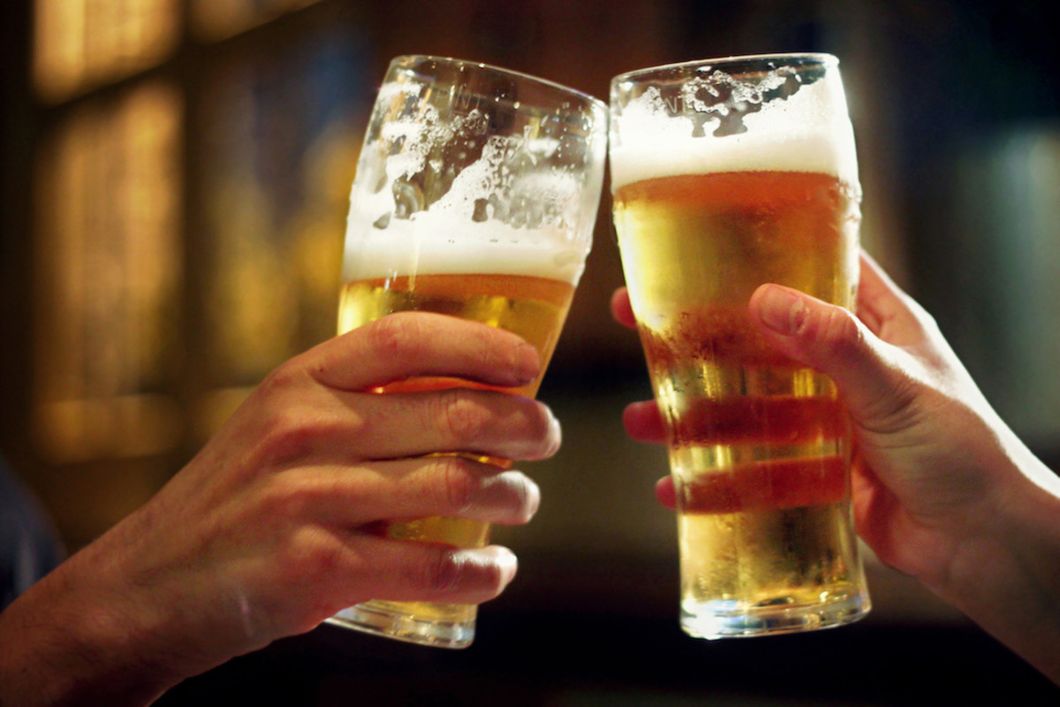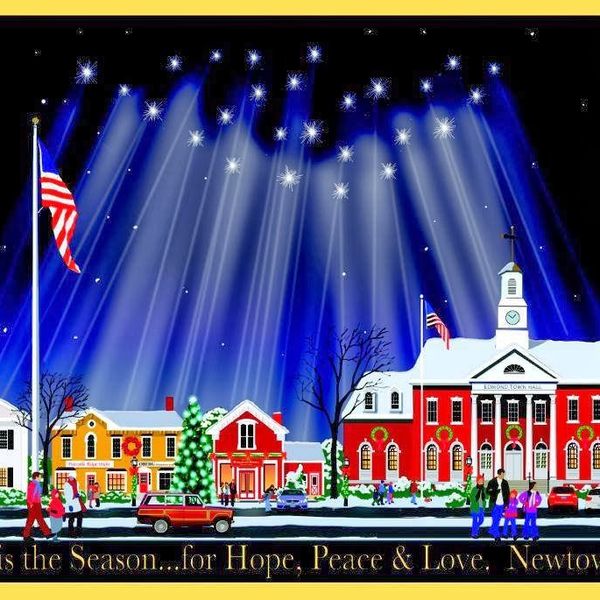So when I came of drinking age (and before that, if I'm being honest) I had an interest in the taxonomy of alcohol, but especially beer. I liked knowing what something was called so I knew what to ask for if I was sampling suds in a place away from home. Before I started doing my homework on the topic, I didn't really know the difference between beer, ale, and lager. These seemed to be just words that were thrown around. In my head, ale and lager both meant beer, but that there was maybe some distinction besides that ale was preferred by Englishmen and high fantasy roleplayers and lager was preferred by suburban dads and frat boys. My younger self-wasn't completely off in this thinking, but there's a little more to it than that.
Essentially, beer can be defined as any beverage that's made from yeast-fermented malt (dried grains) and then flavored with hops. There are beers out there that aren't considered lagers or ales, but most beers fall into the ale and lager families. The primary difference between these two is the type of yeast used to ferment the malt: ales use what's called a "top-fermenting yeast" and lagers use a "bottom-fermenting yeast," named so because of these two different species of yeast rest on the top or bottom (respectively) of the yeast. So far, it's as easy as 9th-grade biology: you've got the kingdom of beer and now you've got the two phylums lager and ale (and then a bizarro third category we're not gonna worry about because it almost never comes up). With me so far? Cool. Now we can talk about all the other beer types that sit in these groups. Let's keep things simple and start with lager.
Lager
Lagers, as opposed to ales, are a pretty homogeneous group of suds, which is why so many American international brands taste so alike. If someone walks into the kind of bar that has two things on tap and asks for a just a "beer," no name, no brand, no damn to be given, they'll probably get an American-style lager like Budweiser, Coors, Busch, etc. beers that are characterized as just being simple, yellow, carbonated, and refreshing on a hot day with maybe a touch of a wheaty taste to them. A lot of American beers, such as Pabst Blue Ribbon, claim to be Pilsner style lagers or based on Pilsner lagers which makes them really similar to authentic Pilsners, but maybe a bit more watery.
The pilsner/American lager description describes most of the lagers you'll ever encounter, but the term lager also covers Oktoberfest style beer (slightly more amber in color; you've probably had it at a Halloween party or a German-American festival), Bocks (again, a bit more ambery and a touch sweeter; probably best known in the US by Shiner brewery's style), Dunkel bier ("Dunkel" being German for dark; the beer, however, isn't as bitter as the look would suggest), and a few others, namely German and Czech styles. In review, if it's a little pale and the flavor isn't particularly pronounced (e.g. it's a cut above bread-flavored Le Croix and it gets you drunk), German exceptionalism aside, it's probably lager. Ales are a little broader in scope.
Ale
Ales describe a great number of different styles, so I'm just going to cover the big ones that come to mind and pair them with a well-known example: stout, pale ales, English brown ale, and wheat beer (there are countless others, but these are probably the most popular ones, so let's just stick with these since we're covering basics).
Stouts are in themselves a wide family of beers, but the champion of their Order is Guinness, a dry Irish style stout. Stouts are typically black with an off-white to brownish head. They can run from different levels of sweetness and bitterness depending on the style (Milk stouts are sweet; imperial stouts tend to be more bitter), but typically, unless another flavor has been introduced, people tend to agree that they carry a taste that's much like coffee or chocolate.
As opposed to the light soda-like body of most lagers, this beer has a thick mouthfeel to it. Irish-American comedian Kathleen Madigan once described as the Irish seeing beer and saying "let's jam some steak and potatoes in there, huh?" and I think that's about right. It's a very filling beverage.
Pale ales are a style that is similar in body to lager but tends to be much more bitter. IPAs are a subset that evolved from this group and take the bitter game even further. As someone who takes their coffee black, it took me a long time to take to these, but they can be really refreshing once you adapt to them. Plus, for all the extra bitterness, pale ales tend to have a higher alcohol content. A spoon full of sugar helps the medicine go down.
Brown ales aren't unlike bocks in that they're more on the sweet side and tend to run in similar colors. The two beers can sometimes be a bit hard to tell apart in spite of the difference in their fermentation, but generally speaking brown ales tend to be more sweet than bitter. A popular import (and my brother's beer of choice) is Newcastle Brown Ale.
Wheat beer (also called white beer) is a style that most people know from the Blue Moon brand. These beers tend to have a cloudy, golden color to them, a bright white head, and a lightness that's not dissimilar to that of an American lager. What separates them from others is their natural tendency to carry a citrus flavor. It's not just the orange slice your bartender stuck on the end of your pint. Wheat beers naturally evoke flavors of oranges or lemons, which is why Blue Moon started the trend of garnishing their drinks with oranges.
Boulevard Wheat is sometimes garnished with a lemon for this reason as well. Some wheat beers are even more unique in their fruity notes. Kansas City Brew Co.'s Hefe-Weizen wheat beer even has a banana taste to it (I'd highly recommend it if you have the means, by the way.)
So this was by no means a comprehensive introduction, but I hope that it at least demystifies the beer world a little bit. My hope is that anyone who reads this can order a beer with a little bit more confidence whenever they approach a snooty-looking bartender. Or better yet, that hipster friend of yours that lords his know-how over you. Now get out there and show him and his stupid mustache who's boss!



















